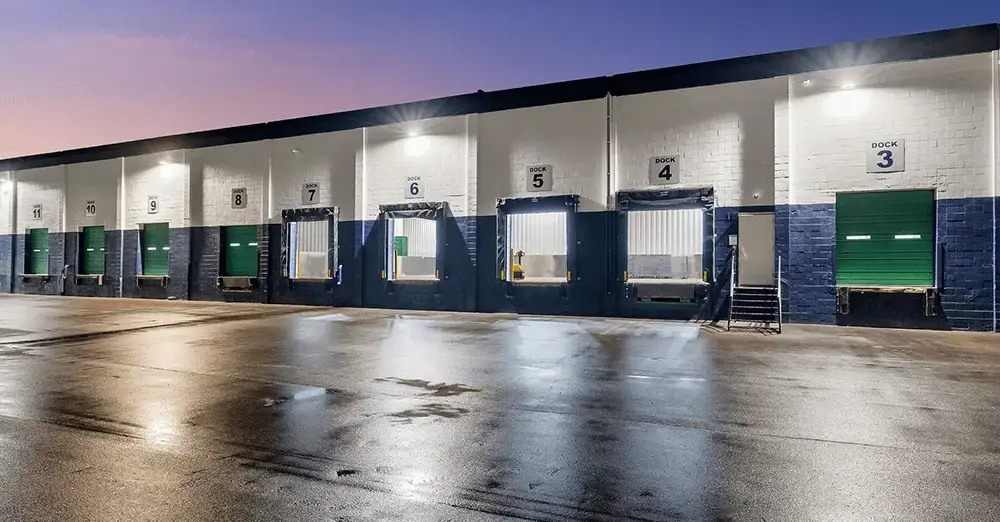Creating a well-crafted business proposal is essential for winning clients and securing partnerships. Whether you’re a small business owner or a solo entrepreneur, understanding how to write an effective proposal can help you stand out from the competition and grow your business.
In this post, we will cover:
- What a business proposal is and why it matters.
- Key components that make up a strong proposal.
- Tips for tailoring your proposal to specific client needs.
- Common mistakes to avoid and follow-up strategies after sending your proposal.
What is a Business Proposal, and Why is it Important?
A business proposal is a document used to pitch your products or services to a potential client, showcasing how you can solve their specific problem. It serves as a persuasive sales tool to convince clients that you’re the best fit for their needs. Business proposals come in two main types:
- Solicited Proposals: These are requested by a client who’s looking for solutions to a specific challenge.
- Unsolicited Proposals: These are sent proactively, without a direct request, to potential clients who might benefit from your offerings.
An effective proposal demonstrates your understanding of the client’s needs, highlights your unique value, and builds credibility. It helps you close deals faster by providing clear, concise information that aligns with the client’s goals.
Key Components of a Business Proposal
A winning proposal includes the following essential elements:
- Title Page: Includes your company name, contact information, proposal date, and the client’s name (if known).
- Table of Contents: Makes it easy for readers to navigate longer proposals.
- Executive Summary: Provides a brief overview of what the proposal covers, summarizing its goals and benefits.
- Problem Statement: Clearly addresses the client’s pain points, demonstrating your understanding of their challenges.
- Proposed Solution: Outlines how your products or services address the client’s specific needs.
- Timeline: Sets clear expectations by outlining a realistic timeline for project completion.
- Budget and Pricing: Offers transparent cost details, breaking down pricing to avoid confusion.
- Qualifications: Highlights your company’s strengths, experience, or case studies to build trust.
- Terms and Conditions: Summarizes key terms to protect both parties.
- Call to Action: Offer clear instructions for the client to move forward, whether it’s signing the proposal, setting up a meeting, or other actionable steps.
How to Research and Understand Your Client’s Needs
Conducting a needs assessment is the first step to gaining full understanding of a client’s needs. Use a combination of client conversations, account audits, and online research to gather detailed insights into their pain points and challenges. Pay attention to what the client emphasizes during discussions to identify their main concerns.
Avoid using generic, one-size-fits-all templates for addressing client needs. Instead, customize your proposal to address the unique challenges of each client. This demonstrates that you’ve taken the time to understand their business, making your proposal more relevant and impactful.
Focus on aligning your proposal with what the client values most, whether it’s cost savings, improved efficiency, or innovative solutions. Clearly outline how your services or products can deliver the benefits they’re seeking, within a timeline that works for everyone.
Writing Tips for a Compelling Business Proposal
A compelling business proposal tends to do the following:
- Use Clear, Direct Language: Avoid jargon and keep sentences concise to maintain clarity.
- Structure for Readability: Use bullet points, headers, and visuals to break up text and improve readability.
- Focus on the Client’s Needs: Consistently address the client’s goals and challenges throughout the proposal.
- Highlight Benefits Over Features: Emphasize how your solution will benefit the client, rather than just listing features.
Mistakes to Avoid When Writing a Business Proposal
Avoid common mistakes that can diminish the impact of your proposal. One common error is overloading the document with technical details that may overwhelm the reader. Instead, focus on the essential information that clearly communicates your value proposition. Additionally, don’t fall into the trap of using generic templates. Each proposal should be tailored to the specific client to demonstrate your understanding of their unique needs. Finally, always take the time to proofread your document for spelling and grammatical errors, as even minor mistakes can undermine your credibility and professionalism.
Business Proposal Design and Presentation Tips
Presentation matters when it comes to proposals. Here are some design tips:
- Use a Professional, Clean Layout: A well-designed proposal builds trust and looks more professional.
- Incorporate Visuals and Data: Support your points with charts, images, or infographics to make the content more engaging.
- Ensure Digital Compatibility: Make sure the proposal is easy to read on mobile devices and formatted as a PDF for easy sharing.
Following Up After Sending the Proposal
After submitting your business proposal, it’s not a matter of just sitting back and waiting for a response. Following up can be the key to closing the deal. A polite follow-up email a few days after submission is a great way to check in and offer to ans




















 ►
Explore 3D Space
►
Explore 3D Space